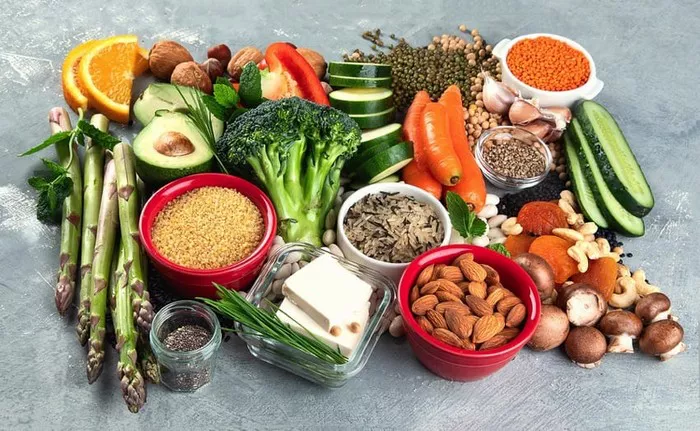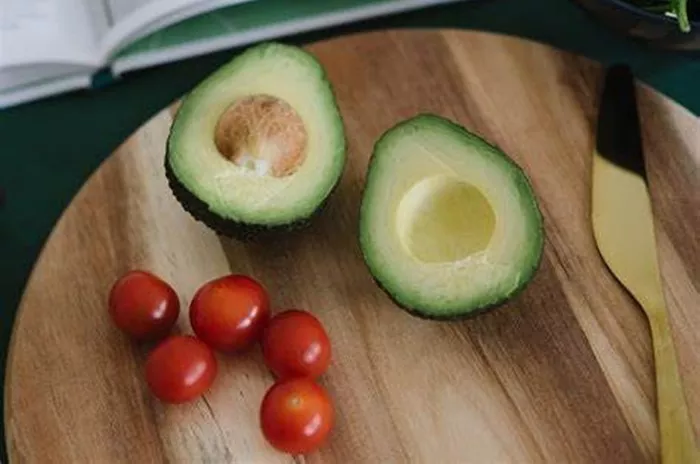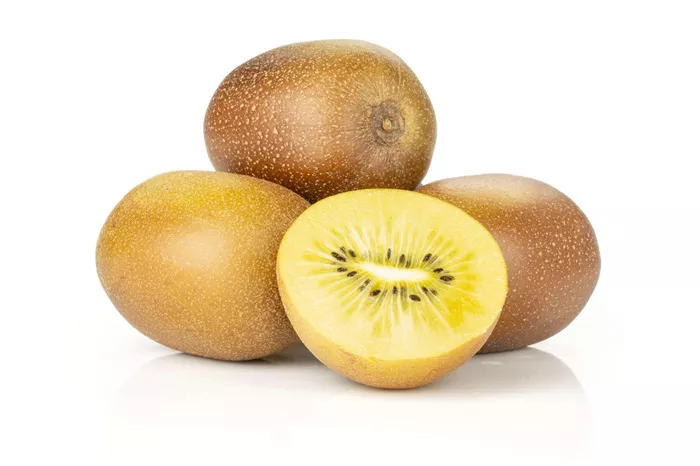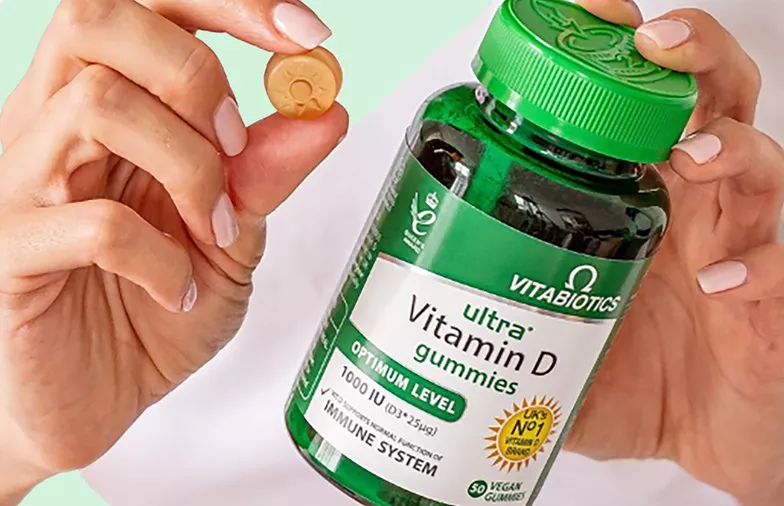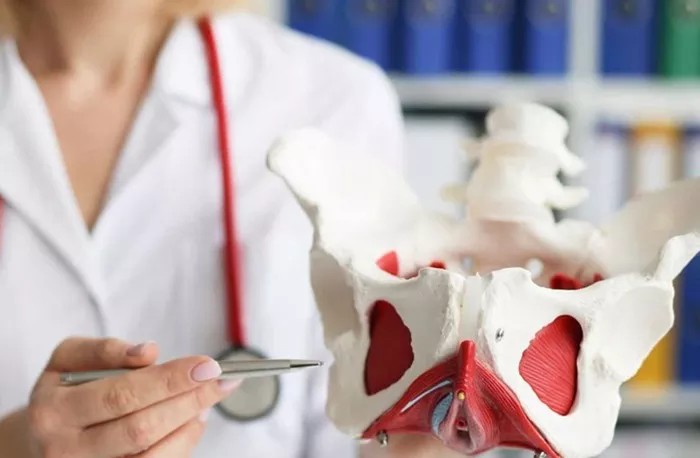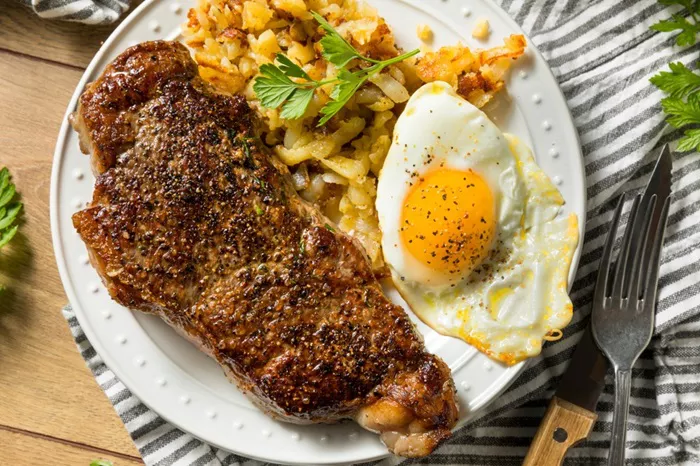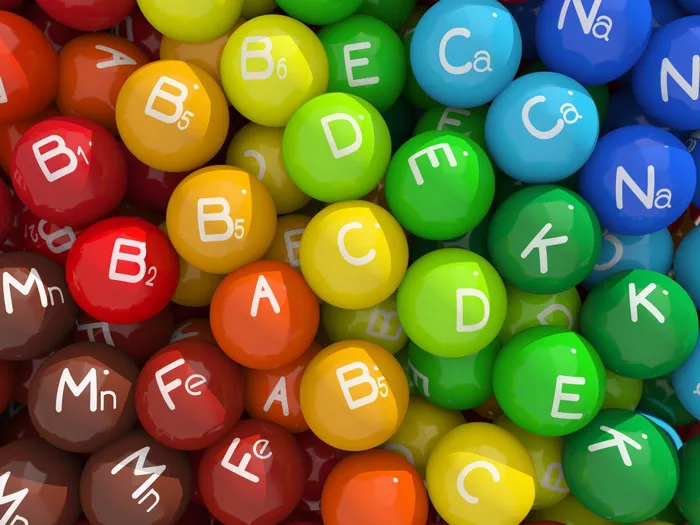In the quest for optimal nutrition, protein often takes center stage as a vital nutrient essential for muscle repair, growth, and overall health. While animal sources like meat, poultry, and fish are commonly associated with high protein content, vegetables also boast impressive protein profiles that can complement a balanced diet. In this comprehensive guide, we unveil the best high-protein vegetables, highlighting their nutritional benefits, cooking methods, recipe ideas, and considerations for various dietary patterns.
Unveiling the Protein Powerhouses: Ranking High-Protein Vegetables
While vegetables may not typically be associated with high protein content, several varieties pack a surprisingly robust protein punch. Here are some of the best high-protein vegetables, ranked by protein content per serving:
Edamame: Edamame, or young soybeans, are a nutritional powerhouse, containing approximately 17 grams of protein per cup. They are also rich in fiber, vitamins, and minerals, making them a versatile and nutritious addition to salads, stir-fries, and soups.
Lentils: Lentils are legumes that boast an impressive protein content of around 18 grams per cooked cup. They come in various colors, including green, brown, and red, and can be used in a wide range of dishes, from hearty soups and stews to flavorful salads and grain bowls.
Chickpeas: Also known as garbanzo beans, chickpeas are another legume prized for their protein content, offering approximately 15 grams of protein per cooked cup. They are a staple ingredient in Middle Eastern and Mediterranean cuisines and can be used to make hummus, falafel, and curries.
Black Beans: Black beans are rich in protein, providing around 15 grams per cooked cup, along with fiber, vitamins, and minerals. They are a versatile ingredient commonly used in Mexican, Caribbean, and South American cuisines, and can be incorporated into salads, tacos, burritos, and chili.
Peas: Peas are a nutrient-dense vegetable that contains approximately 8 grams of protein per cooked cup. They are rich in fiber, vitamins, and antioxidants, and can be enjoyed as a side dish, added to salads, or incorporated into soups and stews.
Spinach: Spinach is a leafy green vegetable that offers about 5 grams of protein per cooked cup. In addition to protein, spinach is packed with vitamins A, C, and K, as well as iron, calcium, and antioxidants. It can be enjoyed raw in salads or cooked in various dishes, such as omelets, pasta, and stir-fries.
Broccoli: Broccoli is a cruciferous vegetable that contains approximately 4 grams of protein per cooked cup. It is also an excellent source of vitamins C and K, as well as folate, fiber, and antioxidants. Broccoli can be steamed, roasted, sautéed, or added to soups, salads, and stir-fries.
Comparing Protein Content: How High-Protein Vegetables Stack Up
While vegetables may not rival the protein content of animal sources like meat, poultry, and fish, they offer a valuable source of plant-based protein that can contribute to overall protein intake. Here’s how the protein content of high-protein vegetables compares to common animal and plant-based protein sources:
1. Chicken Breast (3 ounces cooked): Approximately 26 grams of protein
2. Salmon (3 ounces cooked): Approximately 22 grams of protein
3. Beef Steak (3 ounces cooked): Approximately 22 grams of protein
4. Edamame (1 cup cooked): Approximately 17 grams of protein
5. Lentils (1 cup cooked): Approximately 18 grams of protein
6. Chickpeas (1 cup cooked): Approximately 15 grams of protein
7. Black Beans (1 cup cooked): Approximately 15 grams of protein
8. Peas (1 cup cooked): Approximately 8 grams of protein
9. Spinach (1 cup cooked): Approximately 5 grams of protein
10. Broccoli (1 cup cooked): Approximately 4 grams of protein
While animal sources of protein may offer slightly higher protein content per serving, high-protein vegetables provide additional nutritional benefits such as fiber, vitamins, minerals, and antioxidants, making them valuable components of a balanced diet.
Essential Amino Acids: Understanding Protein Quality in High-Protein Vegetables
Protein quality is determined by the presence of essential amino acids, the building blocks of protein that the body cannot produce on its own and must obtain from food sources. While animal sources of protein typically contain all nine essential amino acids in adequate proportions, plant-based sources may be deficient in one or more of these amino acids. However, by combining different plant-based protein sources, individuals can ensure they receive all essential amino acids necessary for optimal health.
Complete vs. Incomplete Proteins
Some high-protein vegetables, such as soybeans (edamame), quinoa, and amaranth, are considered complete proteins, meaning they contain all nine essential amino acids in the correct proportions. Other plant-based protein sources, such as lentils, chickpeas, and black beans, are considered incomplete proteins, as they may lack one or more essential amino acids.
Complementary Protein Pairing
To ensure adequate intake of all essential amino acids, individuals can practice complementary protein pairing by combining different plant-based protein sources throughout the day. For example, pairing beans with rice, lentils with whole grains, or hummus with whole wheat pita bread can create complete protein combinations that provide all essential amino acids necessary for optimal nutrition.
Additional Nutritional Benefits: Beyond Protein
In addition to protein, high-protein vegetables offer a wealth of essential nutrients that contribute to overall health and well-being. Here are some additional nutritional benefits of high-protein vegetables:
Fiber: High-protein vegetables are rich in dietary fiber, which promotes digestive health, regulates blood sugar levels, and supports weight management.
Vitamins: High-protein vegetables are abundant in vitamins such as vitamin A, vitamin C, vitamin K, and various B vitamins, which play essential roles in immune function, bone health, and energy metabolism.
Minerals: High-protein vegetables provide essential minerals such as iron, calcium, magnesium, potassium, and zinc, which are vital for various physiological processes, including muscle function, nerve signaling, and bone formation.
Antioxidants: High-protein vegetables are packed with antioxidants such as vitamin C, vitamin E, beta-carotene, and flavonoids, which help neutralize harmful free radicals, reduce inflammation, and protect against chronic diseases such as heart disease, cancer, and diabetes.
Versatile Cooking Methods: Bringing High-Protein Vegetables to the Table
High-protein vegetables can be incorporated into a wide range of dishes using various cooking methods. Here are some versatile cooking techniques for preparing high-protein vegetables:
Steaming: Steaming is a gentle cooking method that preserves the natural flavors, colors, and nutrients of vegetables. Simply steam high-protein vegetables such as broccoli, spinach, and peas until tender, then season with herbs, spices, or a drizzle of olive oil for added flavor.
Roasting: Roasting vegetables enhances their natural sweetness and creates caramelized edges for a delicious flavor and texture. Toss high-protein vegetables such as chickpeas, black beans, and lentils with olive oil, salt, and spices, then roast in the oven until crispy and golden brown.
Stir-Frying: Stir-frying is a quick and convenient cooking method that allows you to cook high-protein vegetables quickly at high heat, preserving their texture and nutritional value. Stir-fry vegetables such as edamame, broccoli, and spinach with garlic, ginger, and soy sauce for a flavorful and nutritious dish.
Incorporating into Salads and Soups: High-protein vegetables can be added to salads and soups to boost their nutritional content and protein content. Toss cooked lentils, chickpeas, or black beans with fresh greens, vegetables, and a flavorful dressing for a satisfying salad, or add them to soups and stews for added protein and texture.
Recipe Ideas: Delicious Ways to Enjoy High-Protein Vegetables
Incorporating high-protein vegetables into your diet is easy and delicious with these recipe ideas:
Edamame and Quinoa Salad: Toss cooked edamame with quinoa, diced vegetables, fresh herbs, and a zesty vinaigrette for a nutritious and satisfying salad.
Lentil and Vegetable Curry: Simmer cooked lentils with coconut milk, curry spices, and mixed vegetables for a flavorful and comforting curry dish served over rice or quinoa.
Chickpea and Spinach Stir-Fry: Stir-fry chickpeas with garlic, ginger, soy sauce, and fresh spinach for a quick and nutritious meal served over rice or noodles.
Black Bean and Corn Salsa: Mix cooked black beans with corn, diced tomatoes, onions, cilantro, and lime juice for a vibrant and flavorful salsa that pairs well with tortilla chips or as a topping for tacos and salads.
Pea and Mint Soup: Blend cooked peas with fresh mint, vegetable broth, and garlic for a refreshing and vibrant soup that can be served hot or chilled.
Roasted Broccoli and Cauliflower: Toss broccoli and cauliflower florets with olive oil, garlic, and Parmesan cheese, then roast in the oven until golden brown and crispy for a delicious and nutritious side dish.
Considerations for Specific Diets: Adapting High-Protein Vegetables to Your Lifestyle
High-protein vegetables can be incorporated into various dietary patterns to meet individual needs and preferences. Here are some considerations for specific diets:
Vegan and Vegetarian Diets: High-protein vegetables are excellent sources of plant-based protein for individuals following vegan or vegetarian diets. Incorporate a variety of high-protein vegetables such as lentils, chickpeas, and edamame into meals to ensure adequate protein intake.
Gluten-Free Diets: High-protein vegetables are naturally gluten-free and can be enjoyed by individuals following gluten-free diets. Use high-protein vegetables such as black beans, spinach, and broccoli as a nutritious and flavorful base for gluten-free meals.
Low-Carb Diets: Many high-protein vegetables are low in carbohydrates, making them suitable for individuals following low-carb or ketogenic diets. Incorporate high-protein vegetables such as spinach, broccoli, and cauliflower into meals to increase protein intake while minimizing carbohydrate content.
Conclusion: Embracing the Nutritional Bounty of High-Protein Vegetables
In conclusion, high-protein vegetables offer a wealth of nutritional benefits, including protein, fiber, vitamins, minerals, and antioxidants, that contribute to overall health and well-being. By incorporating a variety of high-protein vegetables into your diet and experimenting with different cooking methods and recipes, you can enjoy delicious and nutritious meals that support your health goals. Whether you’re following a vegan, vegetarian, gluten-free, or low-carb diet, high-protein vegetables provide a versatile and flavorful foundation for a balanced and satisfying eating plan. Embrace the nutritional bounty of high-protein vegetables and nourish your body with the power of plants.
[inline_related_posts title=”You Might Be Interested In” title_align=”left” style=”list” number=”6″ align=”none” ids=”6775,6732,6729″ by=”categories” orderby=”rand” order=”DESC” hide_thumb=”no” thumb_right=”no” views=”no” date=”yes” grid_columns=”2″ post_type=”” tax=””]

